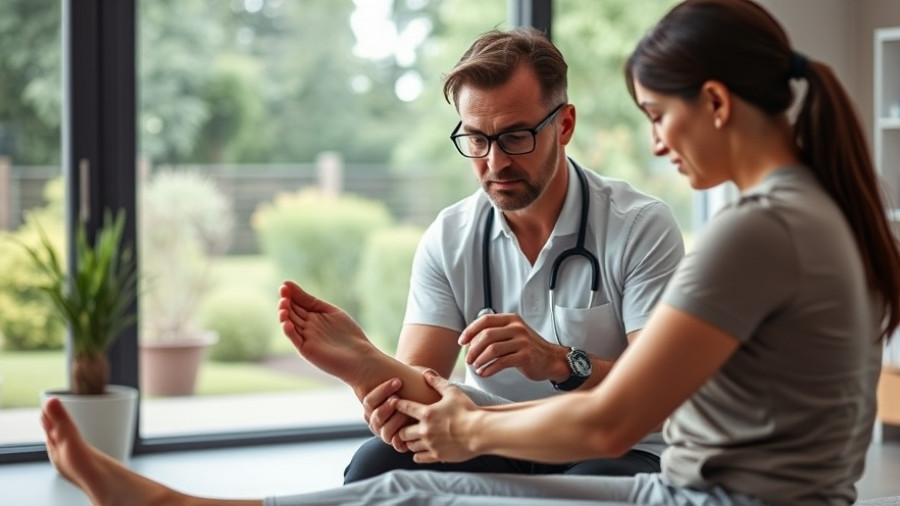
Understanding Eagle Syndrome: A Hidden Concern in Chiropractic Care
Eagle Syndrome, although rare, is a crucial condition that chiropractors must recognize to avoid misdiagnosis and unnecessary treatments. Characterized by an elongated styloid process or calcified stylohyoid ligament, it manifests in symptoms that are often mistaken for more common ailments such as cervical pain, TMJ disorders, or throat discomfort. This condition affects approximately 0.16% of the population, yet its presentation—unilateral throat pain, dysphagia, and a sensation of a foreign body—can easily lead practitioners astray if not approached with a refined clinical suspicion.
Signs and Symptoms: What Chiropractors Should Look For
Typically, patients with Eagle Syndrome present with symptoms that mimic temporomandibular joint disorders (TMD), glossopharyngeal neuralgia, or cervicogenic headaches. Women are notably more affected, especially those in their 30s and 40s. Physical examination can help identify the condition; tactile assessment of the tonsillar fossa often reproduces the pain, suggesting a deeper issue. Understanding these subtle signs is crucial for effective diagnosis and treatment strategies.
Imaging: The Path to Accurate Diagnosis
Diagnosing Eagle Syndrome begins with appropriate imaging. A 3D CT scan is regarded as the gold standard for detecting elongation of the styloid process and any calcification present. While panoramic radiographs might help, they aren’t as definitive. Accurate imaging is essential for distinguishing Eagle Syndrome from other similar conditions, allowing for more targeted chiropractic interventions.
Conservative Management: A Breath of Fresh Air
While the direct research on chiropractic adjustments for Eagle Syndrome is still developing, anecdotal evidence suggests conservative therapies may provide relief for some patients. A recent case reported in 2023 highlighted positive outcomes in which patients experienced symptom alleviation following chiropractic care. Although these results are promising, more research is needed to solidify the role of chiropractic treatment in managing this unique syndrome.
Conclusion: The Importance of Vigilance in Diagnosis
As chiropractic professionals, it is vital to remain vigilant and discerning when faced with unusual symptoms that could indicate conditions like Eagle Syndrome. By enhancing our understanding and diagnostic approach, we can significantly impact our patients' quality of life. This knowledge not only minimizes unnecessary interventions but also ensures that those suffering from this hidden condition receive the care they truly need.
 Add Row
Add Row  Add
Add 




Write A Comment